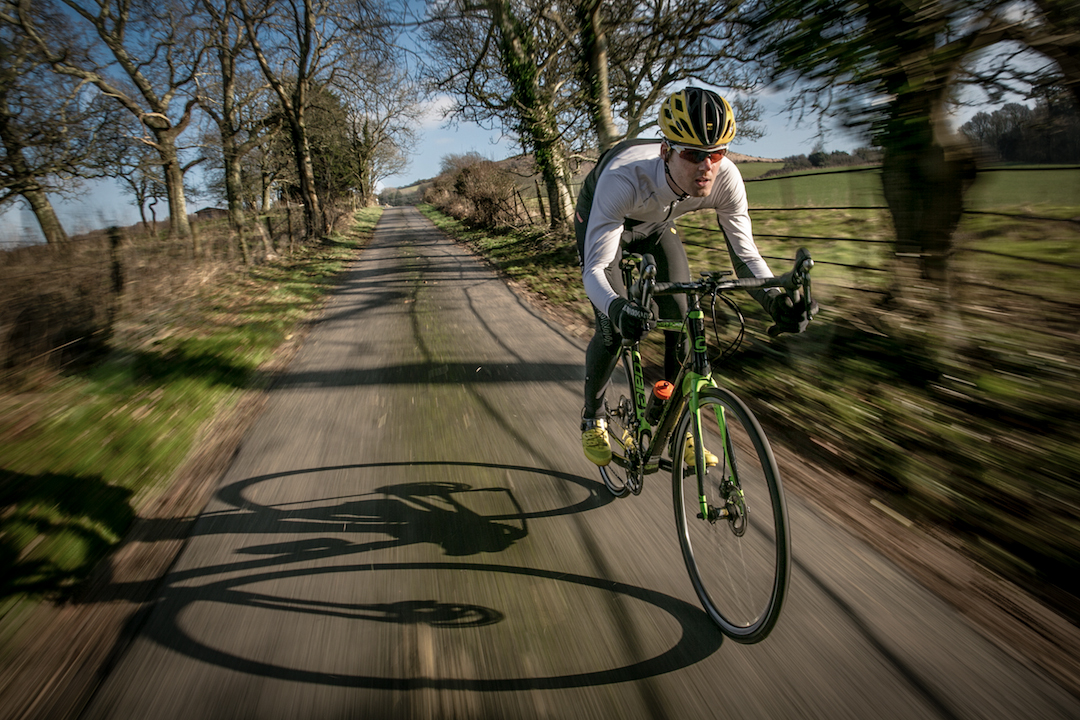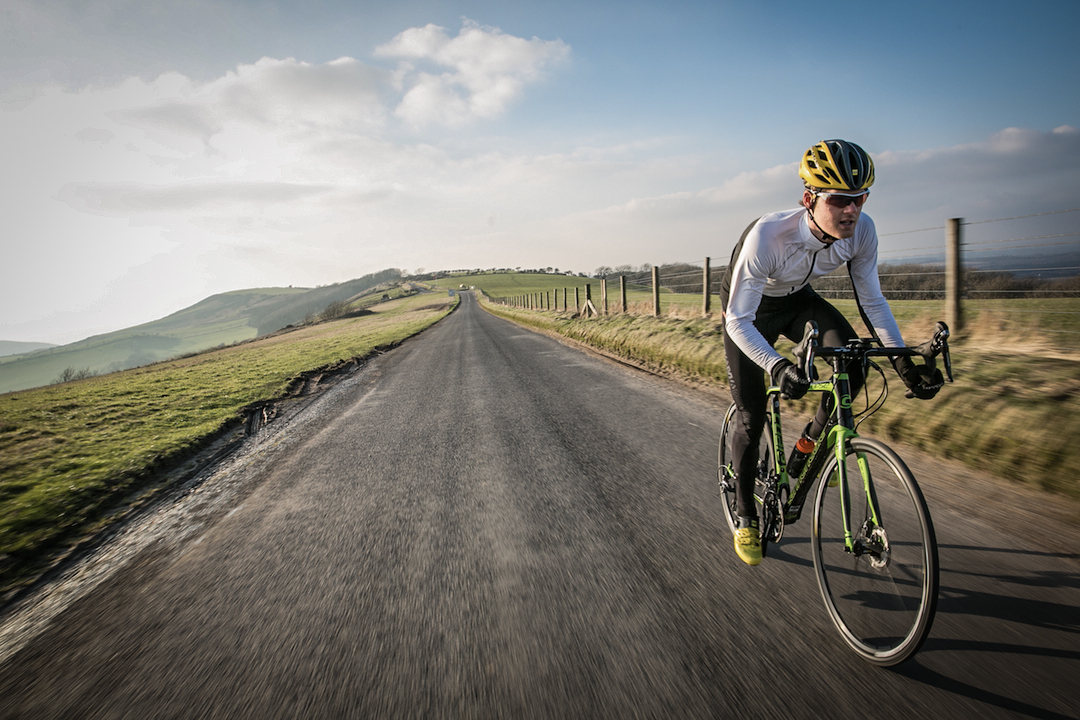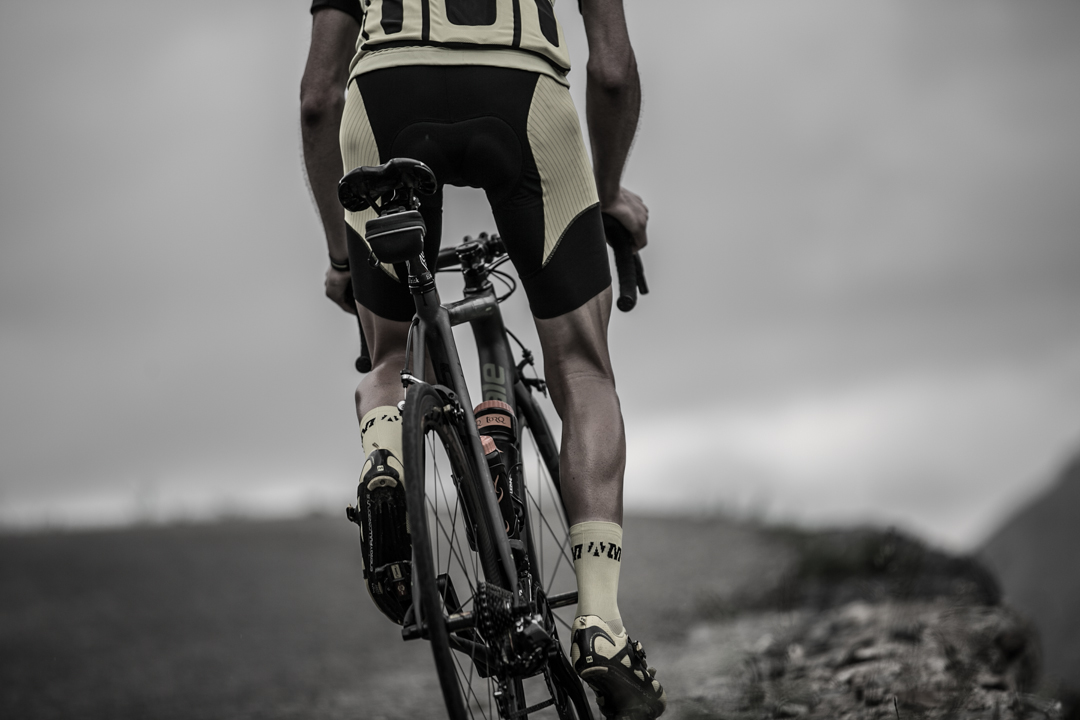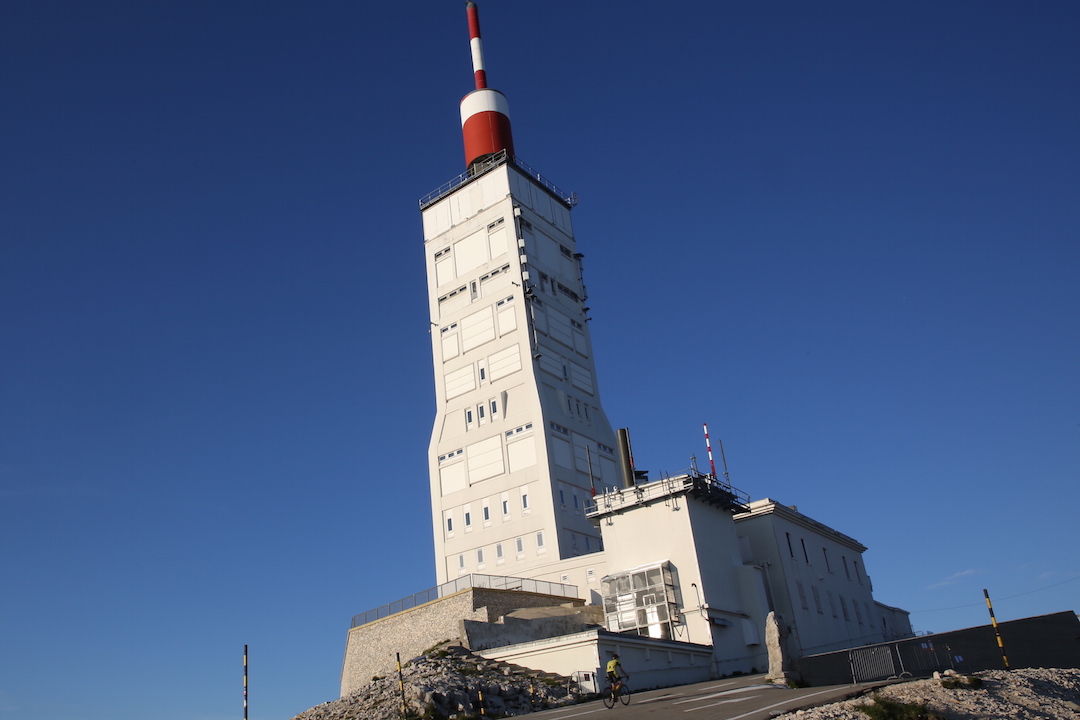Learn
- Cols //
- Cycling Tours //
- Learn //
- Ask the experts //
- Shop

How to train for the mountains if you live on the flat?
Make a headwind your training partner and flat roads a mountain prep arena.

There’s absolutely no doubt, the prospect of climbing a mountain can be daunting to say the least. Even well before you’ve made it to the foot of the ascent there’s a fair chance that little voice inside you head is already up to its tricks, knocking your focus and questioning your confidence especially if you live on the flat and never have a mountain in sight to train on. I mean, how on earth are you going to make it to the top if you’ve never had the chance to ride on more than a molehill? Impossible, I hear you say, or so it would seem. Actually, the good news brigade is in town and that couldn’t be further from the truth, so I thought I’d address a question I’m often asked “how on earth do you train for the mountains if you live on the flat?” to see if we can help get you to the summit with good faith and in great shape.
EXERT YOURSELF
First things first let’s break it down to get some perspective on the situation. Find a flat road (no doubt you have plenty to choose from if you’re reading this) and give it full beans. How long is it until you start to tire and slow down? Not very long I’d think. The point here is that even on the flat you have to gauge your exertion, and that’s exactly the same as when you’re cycling uphill, the only difference is it’s harder to stay at a comfortable working level with gravity working against you. So what’s the trick?

USE THE FORCE
Although you’d think that the best training for the mountains is to ride in the mountains and, while that’s great if the terrain is available to you, that also means a whole lot of downhill, freewheeling, low intensity and recovery. Even when training for my biggest challenges, the consistency in power output and exertion I’m able to attain throughout a ride on the flat has been one of the most beneficial elements to my build up and preparation. Although the gradient may vary across the course of an alpine ascent, for the most part you want to try and make your effort consistent, taper back when it pitches up so’s not to go too deep and maintain momentum when the gradient eases.

The consistency that riding on the flat offers really helps build a solid foundation of fitness that can be put to good use when you hit the peaks. The root of the equation is all about the amount of sustainable power you can produce comfortably. For example, if you can hold 150 watts on the flat for 1, 2, 3 hours or more then you’ll be able to hold the same power on a climb or series of climbs, once again that’s where pacing comes into play. Although a power monitor is an excellent tool, don’t think that it’s essential (remember, it’s your legs that’ll get you to the top) so learn to understand your body and work on feel. That’s where a lot of people come unstuck, as soon as the road rises the power output exceeds what can be sustained and they push too hard which quickly puts you in the red. That’s why as well as your body it’s important to also take a look at your bike to help avoid this.
THE RIGHT GEAR
I’m a big advocate of compact gearing. I left my ego out to dry on the road many years ago while grinding my way up an impossibly (or at least I thought it was at the time) steep pitch with a 39 tooth chainring. Today, I normally ride a 34 tooth chainring as I’ve found that keeping a higher cadence really suits my body and I’m able to maintain my power output at a higher level than when trying to use “man” gears.

When riding on the flat think about your cadence. Incorporate some big gear sessions into your training to build strength and replicate the type of forces that your muscles will experience when climbing. Typically this will mean pushing a larger gear at a slower cadence (around 70rpm) for a set amount of time. I used to do quite a lot of this type training in the past, 20 minute intervals in a big gear with low cadence really concentrating on your pedal stroke, position on the bike (keeping your upper body relaxed), where the power is coming from (lower back as well as legs) interspersed throughout a long ride. This gives a really good blend of harder force work on your muscles (during the interval) and lower force / higher cadence work when riding normally.
EMBRACE THE ELEMENTS
Although a flat road with a headwind can seem like torture, turn the negative into a positive. The extra wind resistance is perfect at inducing a similar effect to when you’re fighting gravity. Your pace will slow and it’s likely you’ll be turning a slower cadence with more force on the pedals, exactly the same as when you’re climbing. As well as this, it’ll hone your mental focus. Everyone wants to whip along with a tailwind behind them but chugging along into a headwind will help train your mindset and get it used to slower, more prolonged, efforts which is just what you’ll face in the mountains. Once again, think about your technique, keep your pedal stoke smooth and upper body relaxed.

TURBO TIME
If you’re really wanting to simulate an incline then one technique I’ve done in the past is to elevate the front wheel of my bike when on the turbo trainer (what ever you do, make sure it’s well balanced and secure). The advantage here is that it puts your body in the same position as when you climb (you may notice that you lean slightly further towards the handlebars) which means you’ll use the same muscles as when you’re climbing properly. I found that this was a good way to refine my position. The other advantage is that you can do specific sessions, using a larger gear or spinning a higher cadence with no distractions, although it can be quite tricky to get out of the saddle so be careful!
BRINGING IT ALL TOGETHER
Hopefully these tips will help as you prepare for your next mountain mission. With the right mindset and motivation it really is possible to conquer the cols. Living on the edge of the New Forest, where the highest KOM is a humpback bridge, has taught me a lot about using your surroundings to get the most from yourself, relating what you have got on your doorstep with what you want to ride one day.

Once again the most important thing is to understand your body so that you can replicate the same exertion on the climbs as you do on the flat. OK, so you’ll be going slower but that’s nothing to worry about. Patience, you’re climbing a mountain (!!) why the rush? Remember to relax, keep the faith, and you will be rewarded for your effort. After all, what goes up must come down!
Ride safe and enjoy.
Mike
For more help and advice why not ASK THE EXPERTS
Topic: Fitness · Technique
More advice in this topic

How to make the most of your indoor training time?

Recovery Tips for Riding a Multi-Day Event

Five tips to help you climb better

Power to the Pedals - We take a Closer Look at Energy Systems with Torq Fitness

A Beginners Guide to Cycling in the Mountains

Mike Cotty’s 15 Minute Stretching Routine

Making the most of your winter training with Torq Fitness











